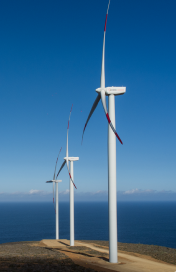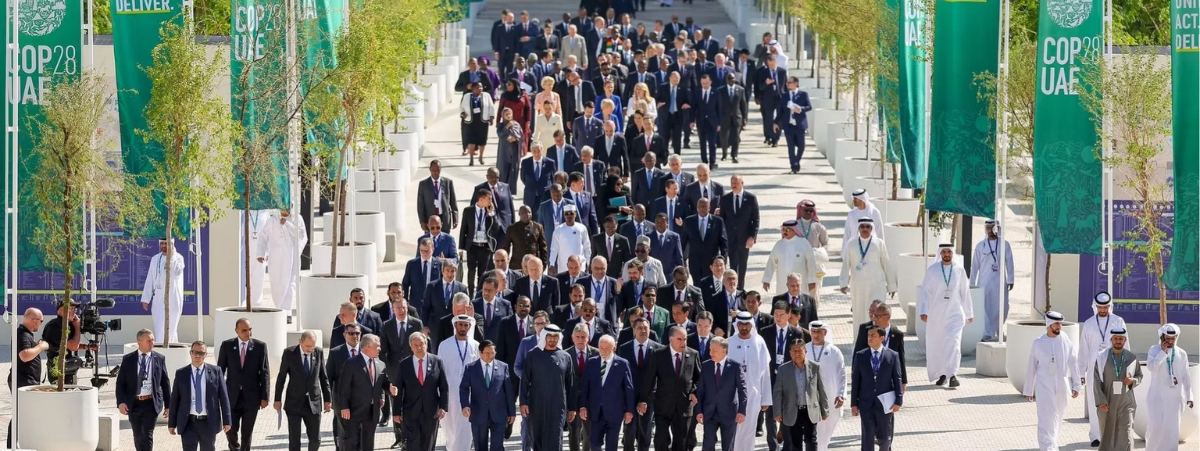The journey towards a Net Zero world is long and arduous – and it probably shouldn’t be done by plane.
Aviation is considered one of the hardest sectors to decarbonize: read this article to find out why.
Aviation’s contribution to climate change
Global aviation, which includes passenger and freight planes, is responsible for almost 2% of greenhouse gas emissions, and 2.5% of CO2 emissions (around 1 billion tons in 2018). That’s much less than road transportation (11.9% of GHG) or even livestock (5.8%). But the effect of these emissions is made worse by the collateral impacts of flying.
According to Our World in Data, “as well as emitting CO2 from burning fuel, planes affect the concentration of other gases and pollutants in the atmosphere. They result in a short-term increase, but long-term decrease in ozone (O3); a decrease in methane (CH4); emissions of water vapour; soot; sulfur aerosols; and water contrails. While some of these impacts result in warming, others induce a cooling effect. Overall, the warming effect is stronger.”
In the end, the aviation sector is considered responsible for 3.5% of global warming.
Alternative fuels to decarbonize aviation
Fuel is the biggest contributor to the carbon footprint of air travel. Removing emissions from aviation fuel would contribute to a 65% reduction in carbon emissions from the sector, according to the International Air Transport Association (IATA).
Sustainable Aviation Fuel
Currently, the only alternative to kerosene, the preferred fuel for planes, is Sustainable Aviation Fuel (SAF), essentially a bioful that can be made from almost any type of waste (plants, cooking oil, used clothes, etc). While burning these products results in CO2 emissions, SAF presents a reduction in lifecycle emissions of up to 80% compared to traditional fuel. This is because it is partly made from plants, which absorb CO2 to grow, and partly because it avoids greenhouse gas emissions from landfill or waste treatment. Additionally, SAF cannot be made from materials that would divert land use from food production, or from the products of deforestation.
One of the advantages of SAF is that it can be mixed with regular fuels to lower the carbon footprint of flights without having to modify planes’ engines. However, SAF can be up to eight times more expensive than kerosene, which makes it cost-prohibitive in many cases.
Green hydrogen
The other alternative to kerosene is green hydrogen, a technology that is still under development but would remove 100% of fuel-based emissions from air travel. Hydrogen is a zero-emissions fuel that can be produced from different sources: brown hydrogen is made by burning coal, defeating its zero-emissions purpose; and blue hydrogen is made from fossil fuel, with CO2 sequestration integrated into the process (this is currently considered the best option for reducing emissions at a reasonable cost). Green hydrogen is the real game-changer, as it is made through the electrolysis water using renewable energy. Its production has almost no impact on the environment, making it the most sustainable option for aviation.
Green hydrogen is still very expensive to produce, but its cost is reducing as renewable energy is becoming cheaper and demand for eletrolyzers is increasing. Hydrogen engines are different from fossil fuel engines, but airlines are already piloting hydrogen planes: Airbus’ ZEROe aims to be the first zero-emission commercial aircraft. It is estimated that hydrogen will enter aviation’s fuel mix in the 2030s.
Carbon offsetting for aviation
The aviation sector needs to support the development of zero-emission fuels through investment and demand signals, in order to make them more affordable. But in the meantime, the best option for the industry is to offset the carbon footprint associated with air travel.
ClimateTrade offers an API that can be integrated into flight reservation platforms to give travelers the option to offset the carbon emissions of their flights. The API is connected to the ClimateTrade marketplace, where more than 60 certified carbon mitigation projects are available. All transactions are conducted through blockchain technology, giving customers end-to-end visibility of where and how their money is used. This traceability greatly improves both the positive impact of carbon offsetting, and the transparency of communication with travelers. Check out the pilot project we conducted with Iberia.
For more information, visit our marketplace or contact us.







